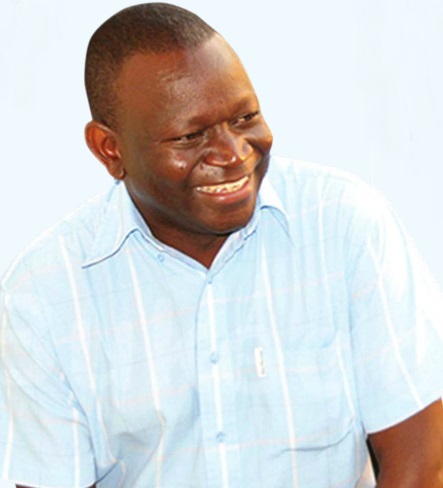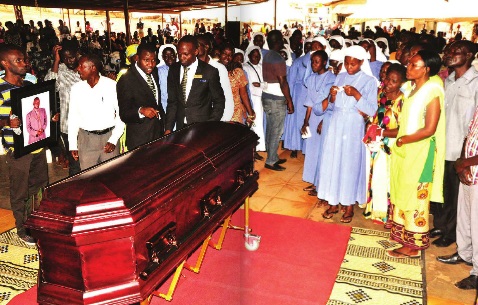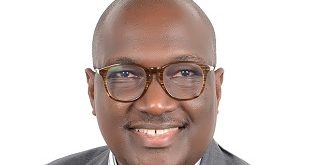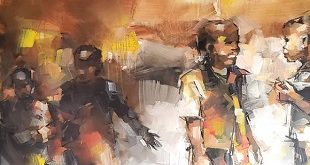
As Fr. Paulino Mondo, the parish priest of Mbuya Catholic Church explained to The Independent, the Catholic Charismatic movement was approved way back in 1966 and it has been there in Uganda ever since. The idea behind the approval of such apostolic movements was o help Christians “get deep in their faith”.
Fr. Mondo says although Mukajanga and Fr, Kibuuka are the faces of the current movement, there have been others before. He mentioned Dr. Miriam Duggan who was the superintendent Nsambya Hospital and would go to slums around Kampala spearheading the fight against HIV as early as 1986.
“She was using prayers of the catholic charismatic renewal,” he said.
He also mentioned Fr, Bashongora in western Uganda who is an approved charismatic priest in the church.
Mondo says Mukajanga’s name only became popular in 2013 when his way of teaching was becoming more fundamentalist moving into healing sessions which is a requisite of an ordained priest and exorcism which is a prerequisite of a few elected and confirmed catholic priests.
“They are not the founders and not significant in any way to the charismatic movement,” Mondo said of Kibuka and Mukajanga.
Mondo says the controversy over the catholic charismatic renewal is caused by commercialisation of faith.
“When people know that after prayer or emotional touch, people who feel relieved will come back with thanksgiving then they can do anything to retain their followers. Then they start accumulating more than they are due,” he said.
According to him, in the Catholic Church, any minister who is working publically whatever he is she gets in the course of ministry belongs to the church they belongs to.
“Many of those charismatic leaders have private bank accounts where they were putting the money,” Mondo says, “Commercialisation of faith makes people stubborn that they will not obey the rules and this mainly because increasingly people want faith that is easy to access and cheap to answer to.”
Mondo says the church remains firm.
“The church is built on a rock and can’t suffer because of this,” he said, “But we feel concerned that such acts can’t bring harmony that the church stands for. There is no popular or unpopular priest.”

The Catholic Church has for decades struggled to contain powerful charismatic leaders within its hierarchy. In 2001, Pope John Paul II had to deal with the controversial Zambian Archbishop Emmanuel Milingo who was accused of practicing exorcism and faith healing. Milingo went even further and married a South Korean woman and ordained married men as priest in the Catholic Church.
Several Popes, right from Pope Paul VI in the 1960s and 70s to the current pontiff, Francis, have sought to manage their appeal within the church without surrendering unnecessary authority and responsibility to them.
The de jure head of the Catholic Church in Uganda, Cardinal Emmanuel Wamala, appears to have been attempting to do the same when he set up the Mt. Sion Church.
At the time, Cardinal Wamala was struggling to find a place for Msgr. ExpeditoMagembe who was a parish priest at a place called Kiziba. Magembe was already involved in charismatic worship and practices and was not well-liked by the other priests.
So Wamala appointed him to head Mt. Sion church as a place where he would be free to allow the “Holy Spirit” to move him.
Magembe was soon joined by Mukajanga. Fr. Kibuka was to join them much later after being assigned by Lwanga to “keep an eye on the two” as the congregations of Bukalango grew.
The attempt to allow that charismatic movement a place in the church appears to have faded as Cardinal Wamala grew frail and Lwanga as archbishop of the biggest and most prosperous diocese of Kampala, assumed more leadership roles.
***
editor@independent.co.ug
 The Independent Uganda: You get the Truth we Pay the Price
The Independent Uganda: You get the Truth we Pay the Price



